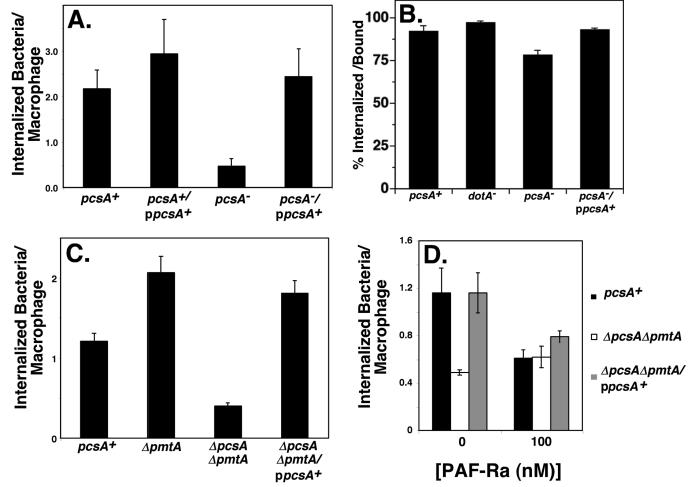Figure 4. Absence of PC results in defective association with target macrophages.
(A). Efficient cell association requires the activity of PcsA. Macrophages were infected at MOI ≈ 10, after synchronizing uptake with a 5 min centrifugation at room temperature followed by 10 min incubation at 37°C. The number of internalized bacteria per macrophage was scored by double indirect immunofluorescence microscopy. (B). Uptake efficiency of bound bacteria. Uptake efficiency was determined by antibody probing as in panel A. This measurement is defined as the percentage of cell associated bacteria that are internalized. (C). Bacterial association with macrophages is altered by the absence of PmtA. Internalization was determined as above. (D). PAF-Ra inhibits PC-dependent uptake. Macrophages were pretreated with PAF-R antagonist (1-O-hexadecyl-2-acetyl-sn-glycerol-3-phospho-(N,N,N-trimethyl)-hexanolamine; PAF-Ra) for 30 min., bacteria were allowed to bind for 10 minutes at 37°C, and attachment was assayed as above. Data shown are the mean ± standard deviations of triplicate determinations. Experiment was performed 4 times, and displayed is a typical experiment. Strains used were: pcsA+, GL233; pcsA+/ppcsA+, CCL29; pcsA−, GL263; pcsA−/ppcsA+, GL266; dotA−, GL83; ΔpmtA, CCL25; ΔpmtA ΔpcsA, CCL26; ΔpmtA ΔpcsA/ppcsA, CCL39.

